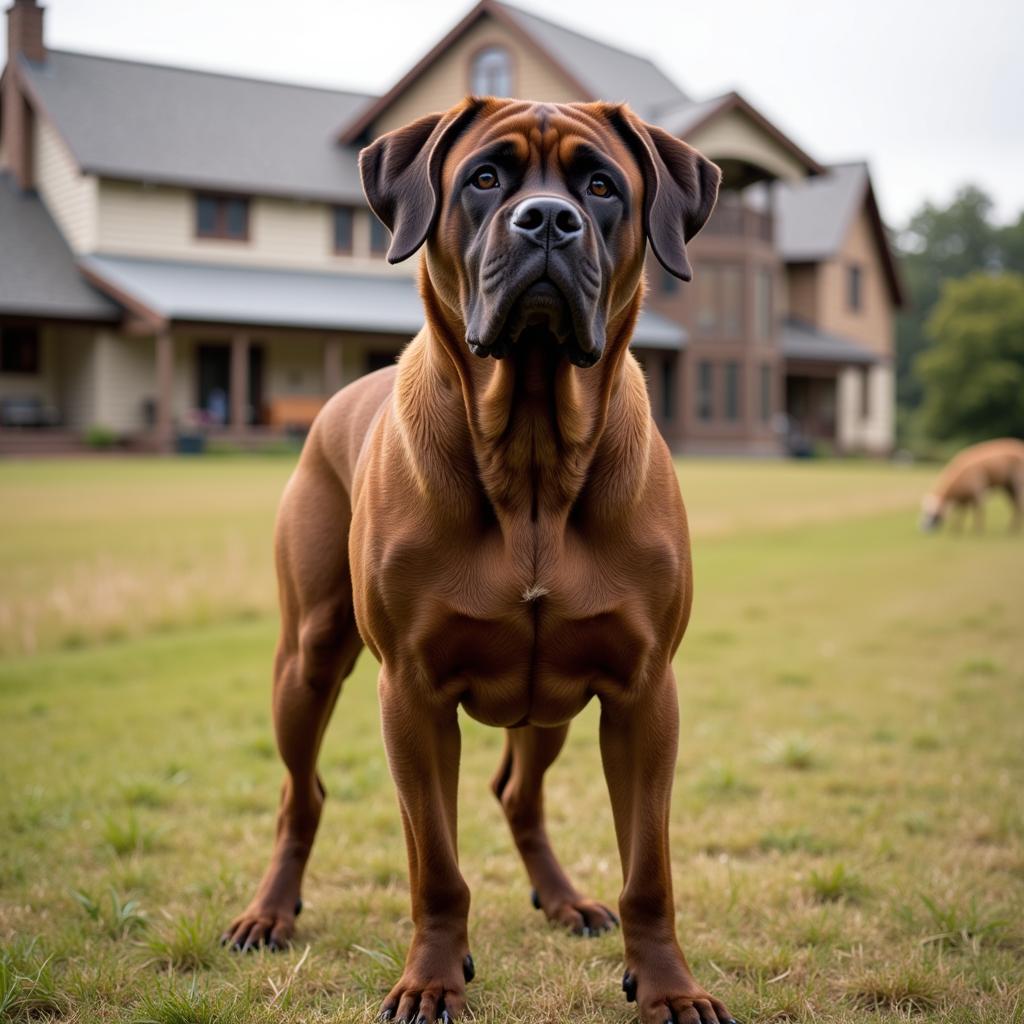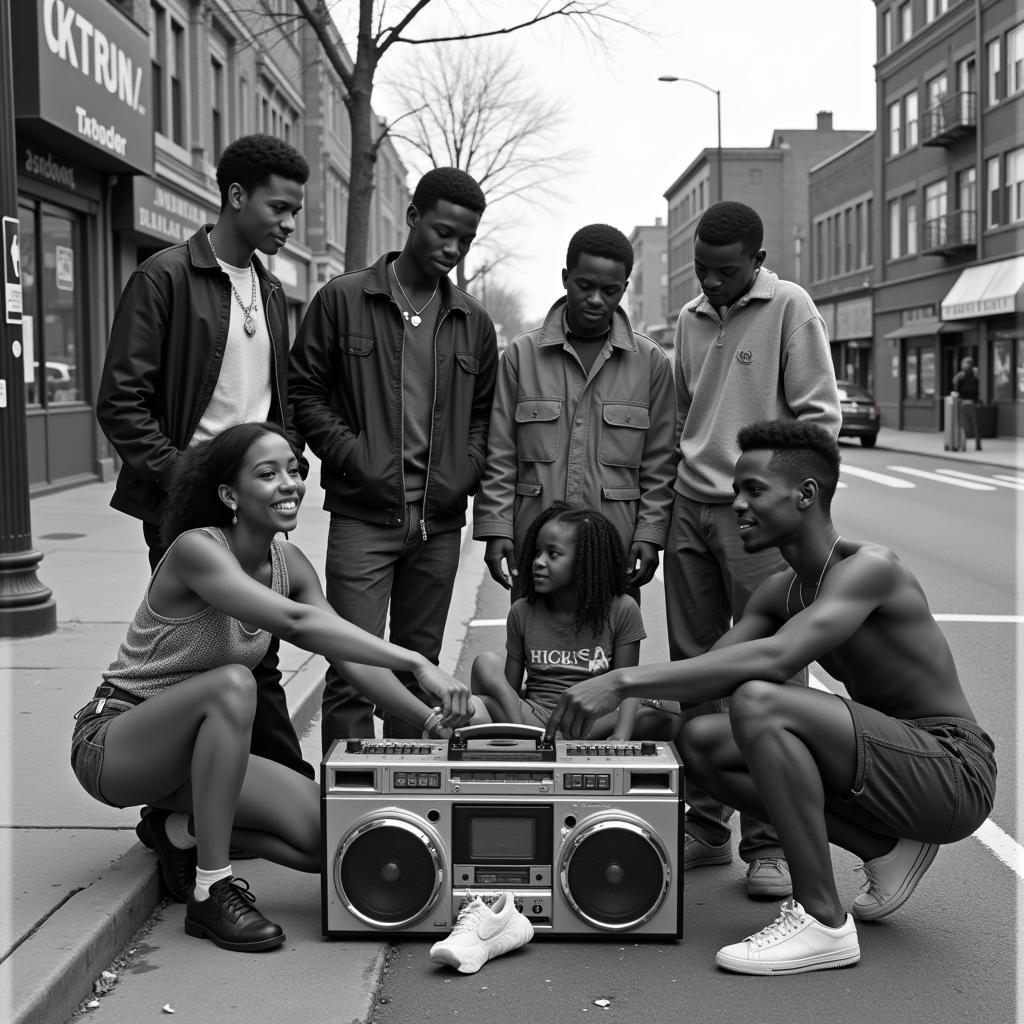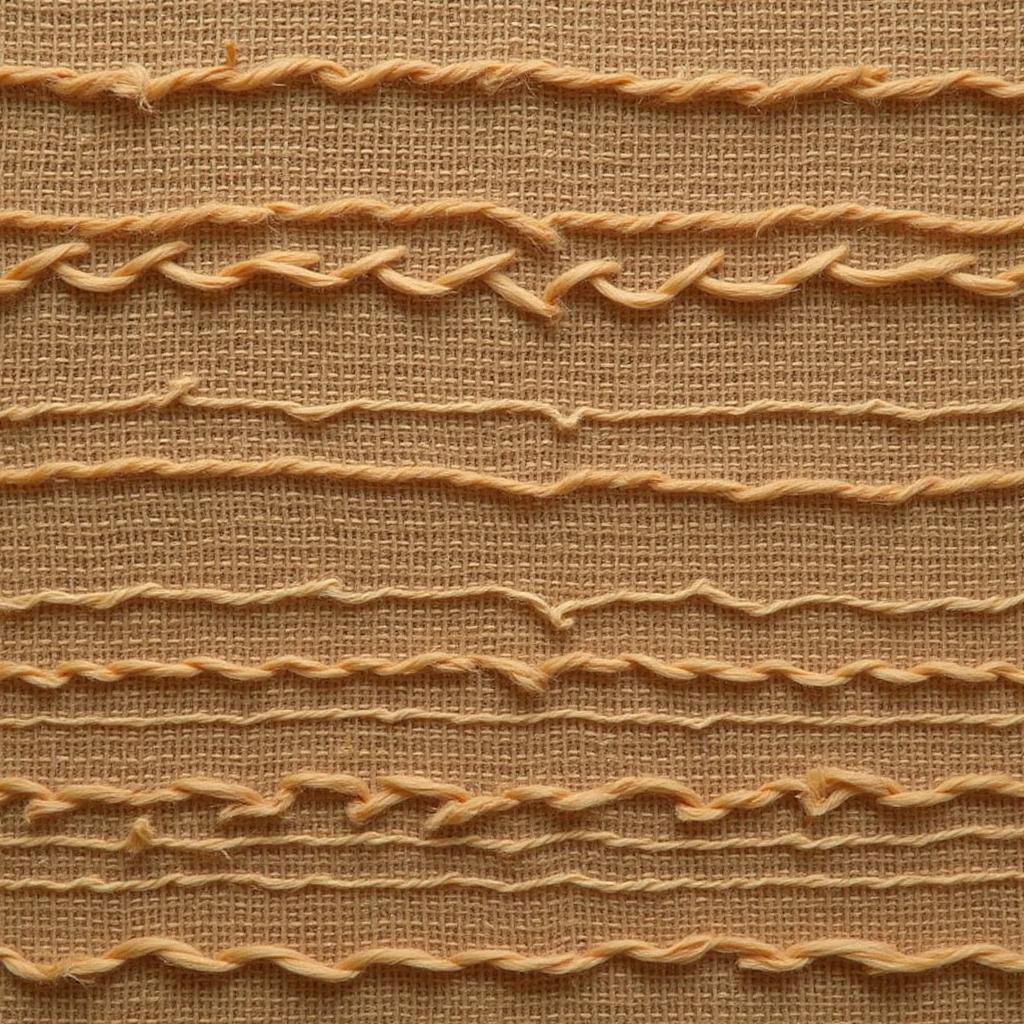Unveiling the Secrets of African Beauty Rituals
Africa, a continent renowned for its diverse cultures and traditions, also boasts a rich tapestry of beauty rituals passed down through generations. These rituals, often deeply rooted in spirituality and a connection with nature, go beyond mere aesthetics, reflecting a holistic approach to beauty that encompasses inner well-being and outer radiance.
From the ochre-infused skincare routines of the Himba people in Namibia to the intricate hair braiding styles of the Yoruba in Nigeria, African beauty rituals offer a captivating glimpse into the continent’s unique heritage. This article delves into the fascinating world of African Beauty Rituals, exploring their historical significance, diverse practices, and the natural ingredients that make them so effective.
The Significance of Beauty Rituals in African Culture
In many African cultures, beauty rituals are not merely vanity-driven practices but hold deep cultural and social significance. They are seen as a way to connect with ancestors, celebrate cultural identity, enhance personal attractiveness, and mark important life events such as puberty, marriage, and childbirth.
For instance, among the Maasai of East Africa, elaborate beadwork and intricate hairstyles signify age, social status, and marital availability. Similarly, the Mursi women of Ethiopia are known for their lip plates, a symbol of beauty and social standing.
A Journey Through Diverse Practices
From North Africa’s fragrant rosewater toners to Southern Africa’s nourishing shea butter concoctions, the continent boasts a wide array of beauty practices.
Hair Care: A Crown of Glory
Hair holds immense cultural importance in Africa, often seen as a reflection of one’s identity and spiritual well-being. Traditional hair care practices often involve the use of natural ingredients like shea butter, coconut oil, and baobab oil to nourish and style hair into elaborate braids, twists, and dreadlocks.
Skincare: Embracing Natural Radiance
African skincare traditions emphasize the use of natural ingredients sourced directly from the earth. Ingredients like aloe vera, turmeric, and baobab fruit are prized for their healing, moisturizing, and sun-protective properties.
Moroccan women, for example, have long used argan oil, rich in Vitamin E and antioxidants, to nourish their skin and hair, while women in West Africa rely on shea butter, a deeply moisturizing emollient, to protect their skin from the harsh sun and maintain its elasticity.
Body Art: Celebrating Heritage and Individuality
Body art, in its various forms, plays a significant role in African cultures, serving as a means of self-expression, spiritual protection, and social messaging. From the intricate henna designs of North Africa to the scarification rituals of some East African tribes, body art reflects the diversity and richness of African aesthetics.
Modern Adaptations: African Beauty in the 21st Century
Today, there’s a growing global interest in African beauty rituals and natural ingredients. Many cosmetic brands are now incorporating traditional African ingredients like shea butter, argan oil, and baobab oil into their products, recognizing their efficacy and appeal.
Moreover, there’s a renewed appreciation for the cultural significance and artistry behind traditional African beauty practices, ensuring their preservation and celebration for generations to come.
Conclusion
African beauty rituals are much more than skin-deep routines; they are a testament to the continent’s rich cultural heritage, diverse traditions, and deep connection with nature. From intricate hairstyles to natural skincare secrets, these rituals offer a fascinating journey into a world where beauty is celebrated in its most authentic and holistic form. By exploring and understanding these traditions, we gain a deeper appreciation for the beauty of diversity and the timeless wisdom embedded in ancient practices.


